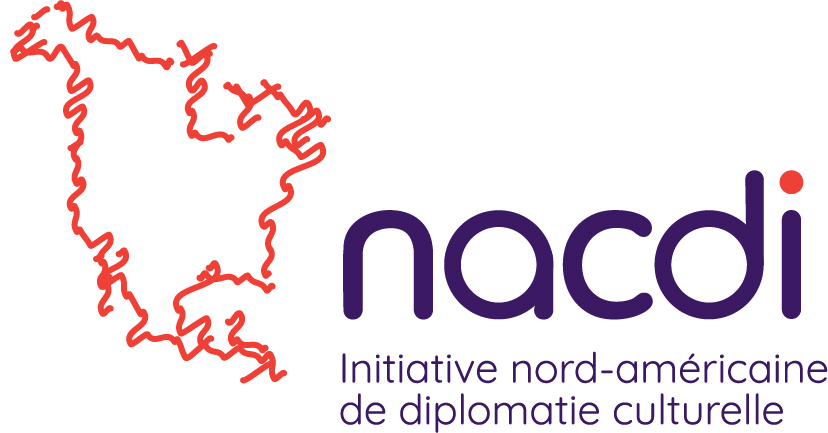
October 16, 2018
Culture is a powerful tool of attraction and sympathy – it projects a favourable image to foreign publics and increases a country’s prominence in the international arena. Since the 1950s, Canada has been incorporating culture into its foreign affairs, which has become increasingly central to its soft power influence. An overview of Canada’s cultural diplomacy gives important insights into the development of its soft power strategy.
Image of Peacekeeper
The 1950s was an important time for the early landscape of Canadian cultural diplomacy. The Massay-Lėvesque Report was published in 1951, recognized culture as a facet of international relations and set the first goals for the promotion of broadcasting, post-secondary education, and arts and culture abroad. In the politics of the Cold War period, Canada played the role of a negotiating middle power. Its involvement and success in handling global conflicts, mostly famously the Suez Canal Crisis of 1956, has given Canada an international image of a peacekeeping country.
Bringing Art into Focus
Cultural relations gained a priority at the federal level in the 1960s. With the establishment of the Cultural Affairs Division of the Department of External Affairs in 1966, promotion of Canadian art and artists became central to Canada’s international cultural activity. From the mid-1960s to the 1990s, the Division organized a broad range of international art exhibitions, cultural events and tours. 1967 was a particularly important year for Canada’s international recognition when it hosted the International and Universal World Exhibition Expo ’67 in Montreal. The exhibition that featured over 60 countries still ranks as the fourth most popular world exhibition of all times.

Expansion of Cultural Relations
The 1970s and 80s saw an enormous growth of international relations. The publication of Foreign Policy for Canadians – six booklets outlining basic principles of foreign policy, and the adoption of the Canadian Multicultural Act in 1971 were important developments for the cultivation of Canada’s image of a multicultural and multilinguistic country. This period was also characterized by considerable expansion of cultural relations with Europe; cultural exchange agreements were made with Italy, Switzerland and West Germany, and the Canadian Cultural Centre in Paris was established in 1970 and the Canada House was opened in London in 1971.
Culture as a Pillar of Foreign Policy
The 1990s saw major budget-cuts which slowed down the pace of diplomatic efforts. Despite budgetary restrictions, two important developments took place; the establishment of the Department of Canadian Heritage in 1993 – which has become a key actor in Canada’s international cultural activities, and the publication of Canada and the World in 1995. The document recognized Canadian values and culture as the third pillar of foreign policy and presented Canadian culture “as an important way of advancing our interests in international affairs.’’

Looking beyond: Creative Canada
This brief overview brings to light some historical Canadian strategies and policies used to win the hearts and minds of people on a global scale. As a country which recognizes culture as a major pillar of its foreign policy, and with relevant departments that cooperate in diplomatic tasks, Canada is turning its face towards the new age of international relations characterized by high degree of communication. What is at stake at in this interconnected world?
Cultural and creative industries play an important role in contemporary Canadian cultural diplomacy initiatives. The promotion of Canadian creative and cultural content abroad to broader audiences is the driving force behind current national cultural initiatives. This becomes evident in the Creative Canada Policy Framework, which was launched by the Department of Canadian Heritage in September 2017. The framework underlines the necessity of making Canada’s cultural and creative industries available to foreign publics and increasing their success in global markets. This new vision positions cultural industries to cultivate Canada’s foreign image and contribute to its global leadership.
With a new set of initiatives and 125 million dollar investment over 5 years, Creative Canada represents a new chapter in Canadian cultural diplomacy. This creative export strategy not only prioritizes cultural and creative industries in a globalized world but also regards them as an extremely important asset for enhancing Canada’s prominence in the international arena.
